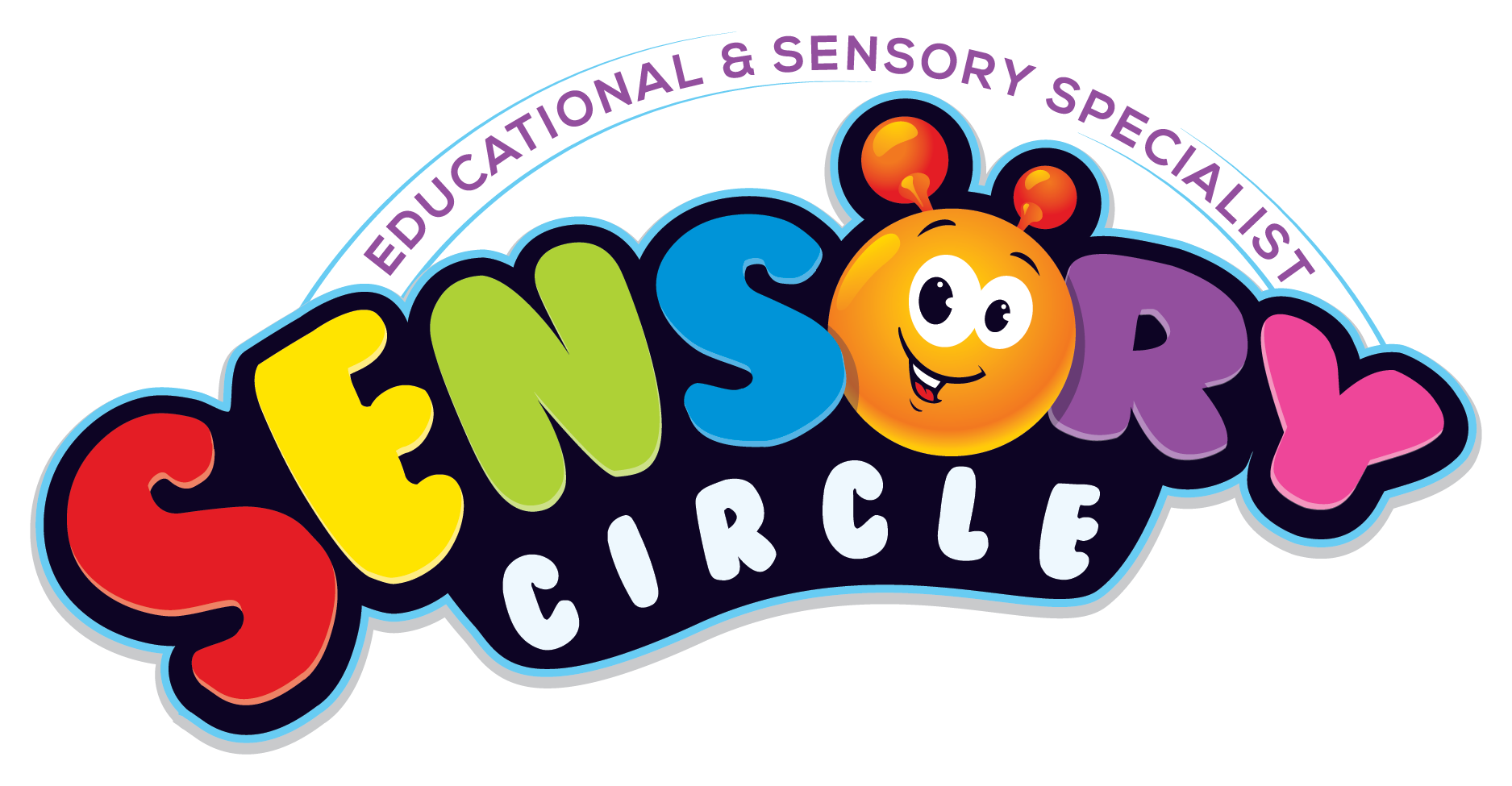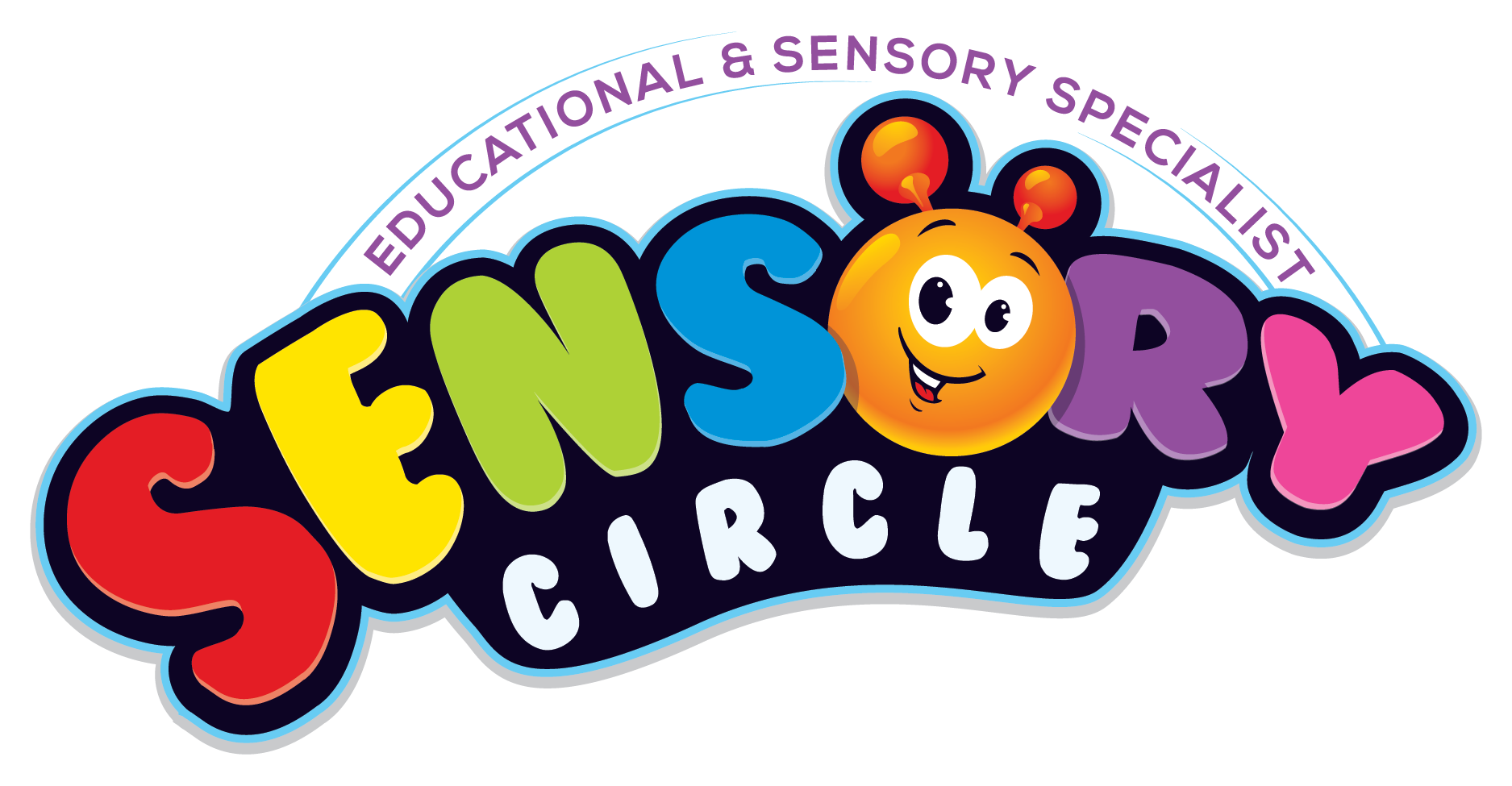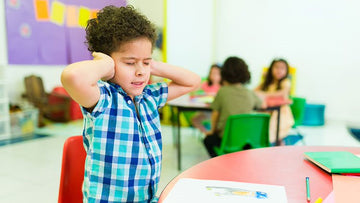
An invisible adversary looms over countless autistic children, one that often goes unnoticed but casts a shadow of unease – anxiety. In the intricate tapestry of autism spectrum disorder, anxiety threads its way through with alarming frequency, affecting not just neurotypical worries but unveiling complexities unique to these remarkable individuals. Acknowledging and addressing this companionship between autism and anxiety is crucial for the mental well-being and growth of these children who navigate a world where even the smallest uncertainties can trigger overwhelming distress.
In a landscape where understanding reigns paramount, advocating for autistic children battling anxiety becomes not merely an act of compassion but a necessity woven into their very essence. From the classroom to the home front, creating safe spaces that nurture rather than hinder empowers these young souls in ways profound yet often unrecognized. As we delve into inventive strategies designed to support and embolden these children in their silent struggle against anxiety’s invisible grip, let us embark on a journey of discovery – one that reveals both challenges to be faced and victories to be celebrated in uplifting these extraordinary hearts and minds. By shedding light on seven transformative ways to walk alongside these resilient individuals, we invite you to step into a world where understanding speaks volumes above all else, shaping tomorrows filled with hope and empathy.
Understanding Anxiety in Autistic Children
Anxiety in autistic children can manifest uniquely, often presenting itself in ways that differ from neurotypical children. For example, while a typically developing child may express their anxiety through verbal expressions or seeking reassurance, an autistic child might exhibit anxiety through repetitive behaviors like hand-flapping or rocking. Understanding these non-verbal cues is crucial in identifying and addressing anxiety in autistic children effectively.
Triggers for anxiety in autistic children can vary widely and may not always align with what triggers anxiety in neurotypical individuals. For instance, sensory sensitivities, changes in routines or environments, unexpected transitions, or social interactions can all serve as potent triggers for heightened anxiety levels in autistic children. Recognizing and preemptively managing these triggers can significantly alleviate the impact of anxiety on their daily lives.
The impact of anxiety on the daily functioning of autistic children cannot be underestimated. It can lead to meltdowns, withdrawal from social situations, academic challenges due to difficulties concentrating, disrupted sleep patterns, and physical symptoms like stomach aches or headaches. These effects underscore the necessity of providing appropriate support mechanisms to help autistic children navigate their anxieties and thrive in various settings. By recognizing how anxiety uniquely affects autistic children and addressing its triggers proactively, caregivers and professionals can better support these individuals towards improved emotional well-being.
Creating a Supportive Environment
When aiming to support autistic children dealing with anxiety, creating a sensory-friendly environment can make a significant impact. Consider incorporating sensory tools like fidget toys or noise-canceling headphones to provide comfort and alleviate stress. For instance, soft lighting and designated quiet spaces can offer a calming retreat for children feeling overwhelmed by sensory stimuli. By tailoring the environment to suit their sensory needs, you can help reduce anxiety levels in autistic children.
Establishing predictability and routine is another key strategy in supporting anxious autistic children. Maintaining consistent schedules and clear expectations can instill a sense of stability and security, easing their anxiety. Simple visual aids like visual schedules or timers can aid in communicating daily routines effectively. For example, using pictures or color-coded charts to outline activities can help children anticipate what comes next, minimizing uncertainty and anxiety triggers.
Clear communication and social stories play crucial roles in providing support for anxious autistic children. Offering simple and concise instructions while avoiding ambiguous language can enhance understanding and decrease anxiety levels. Additionally, developing social stories—narratives that explain social situations—can prepare children for new experiences and promote social comprehension. By using relatable scenarios with clear outcomes, social stories serve as valuable tools in guiding autistic children through various interactions, thus reducing their anxiety in unfamiliar social settings.
Incorporating Mindfulness Techniques
Introducing mindfulness techniques can be a valuable tool in supporting autistic children battling anxiety. Mindfulness involves being present in the moment without judgment, which can help alleviate feelings of worry and stress. Simple activities like deep breathing exercises or guided imagery can be effective in teaching children to focus their attention on the present and calm their minds when anxiety surfaces.
One specific example of a calming activity is creating a sensory bottle filled with glitter and water. As the child shakes the bottle and watches the glitter settle, it can serve as a visual representation of how our minds can eventually settle too, promoting a sense of calmness. Another activity could involve engaging in mindful coloring sessions, where children are encouraged to focus on coloring within the lines, paying attention to details, and letting their thoughts flow freely.
Regular practice of mindfulness not only provides immediate relief from anxiety but also offers long-term benefits in reducing overall levels of anxiety. By incorporating short mindfulness exercises into daily routines, such as taking mindful walks in nature or practicing gratitude before bedtime, children can build resilience against anxious thoughts and develop coping mechanisms for stressful situations they may encounter.
In essence, mindfulness techniques empower autistic children to cultivate self-awareness and emotional regulation skills that are essential for managing anxiety. By fostering a mindful approach to dealing with overwhelming emotions, children not only learn to cope with immediate anxieties but also gain tools that support their mental well-being over time. Through consistent practice and gentle guidance, mindfulness can become a powerful ally in helping autistic children navigate their inner worlds with greater ease and peace of mind.
Encouraging Positive Peer Interactions
Fostering positive relationships with peers plays a crucial role in supporting the emotional well-being of anxious autistic children. By providing opportunities for social engagement, these children can develop vital social skills and feel connected to their peers. Encouraging inclusive activities where every child feels valued and accepted can boost their self-esteem and reduce feelings of isolation. For example, organizing structured group games or projects that emphasize teamwork can create a supportive environment for anxious autistic children to interact with their peers in a comfortable setting.
Implementing strategies to facilitate social interactions that cater to the unique needs of each child is key to promoting positive peer relationships. Understanding and respecting individual differences among children can pave the way for meaningful connections. Educators and parents can play a pivotal role in guiding interactions by encouraging empathy, communication, and mutual understanding. Creating opportunities for shared interests or hobbies can also serve as a common ground for building friendships amongst autistic children battling anxiety.
Social skills training programs are valuable resources that provide structured guidance on navigating social situations effectively. These programs offer specific tools and techniques tailored to the needs of autistic individuals, equipping them with the skills necessary to interact confidently with their peers. Role-playing scenarios, peer modeling, and targeted interventions are commonly employed in these programs to foster successful social interactions. By incorporating social skills training into their routine, anxious autistic children can gradually build confidence and resilience in engaging with others in various social settings.
In conclusion, fostering positive peer interactions is essential for the emotional well-being and development of anxious autistic children. By creating supportive environments, implementing tailored strategies, and utilizing social skills training programs, caregivers and educators can empower these children to navigate social situations with ease. Encouraging friendships based on acceptance and understanding not only benefits the child's immediate well-being but also promotes long-term positive social outcomes.
Seeking Professional Support
When it comes to supporting autistic children battling anxiety, seeking professional guidance can make a significant difference. Parents and caregivers are encouraged to connect with healthcare professionals who have expertise in both autism and anxiety disorders. These experts can offer tailored strategies and interventions to help manage anxiety in autistic children effectively. By partnering with professionals experienced in these areas, families can work towards creating a supportive network for their child's mental well-being.
One valuable therapeutic approach recommended for managing anxiety in autistic children is cognitive-behavioral therapy (CBT). This evidence-based intervention focuses on identifying thought patterns and behaviors that contribute to anxiety, teaching coping skills, and gradually exposing individuals to anxiety-provoking situations in a controlled manner. Through CBT sessions, autistic children can learn practical techniques to manage their anxiety levels and build resilience over time.
Emphasizing a multidisciplinary approach is crucial in addressing the complex needs of anxious autistic children. By involving therapists, educators, and medical professionals in the child's support system, various perspectives and expertise come together to create a comprehensive treatment plan. Collaboration among different professionals ensures that the child receives holistic care that integrates behavioral, educational, and medical aspects tailored to their specific needs. This cohesive teamwork enhances the effectiveness of interventions aimed at reducing anxiety levels and improving the overall quality of life for autistic children struggling with anxiety.
Promoting Self-Care for Caregivers
Taking care of an autistic child battling anxiety can be emotionally taxing for caregivers, and it is essential to prioritize self-care practices. Acknowledging the unique challenges faced by these caregivers is the first step towards ensuring their well-being. Simple acts like setting aside time for personal hobbies, taking short breaks throughout the day, and seeking support from friends or professionals can make a significant difference in managing stress levels.
Tailored self-care strategies can help caregivers navigate the complexities of supporting anxious autistic individuals effectively. Engaging in mindfulness exercises, practicing deep breathing techniques, or even maintaining a journal to express thoughts and emotions can provide solace amidst challenging times. Remembering that self-care is not selfish but necessary to maintain one's ability to offer consistent support is crucial.
In addition to individual practices, community resources and support groups play a vital role in offering assistance and encouragement to caregivers. Connecting with other parents or caregivers facing similar challenges can create a sense of camaraderie and shared experiences. Online forums, local support groups, or workshops dedicated to caregiver well-being can provide valuable insights, emotional support, and practical tips on managing stress while caring for an anxious autistic child. Remember, you are not alone on this journey; reaching out for support is an act of strength.
Conclusion
Consistent support and understanding play a crucial role in helping anxious autistic children not just cope, but thrive. By creating sensory-friendly environments, incorporating mindfulness techniques, encouraging positive peer interactions, seeking professional support, and promoting self-care for caregivers, we can make significant strides in supporting these individuals. Recognizing the unique struggles that autistic children facing anxiety encounter is the first step towards providing the tailored support they deserve.
In summary, parents, educators, and healthcare professionals must work collaboratively to implement strategies that promote emotional well-being and resilience in autistic children battling anxiety. With clear communication, predictable routines, mindfulness practices, and access to therapeutic interventions, we can empower these individuals to navigate their challenges with confidence. Remember, each child is unique – what works best may vary. Let's continue learning, adapting, and advocating for the holistic well-being of every child on the autism spectrum. Together, we can make a meaningful difference in their lives.





